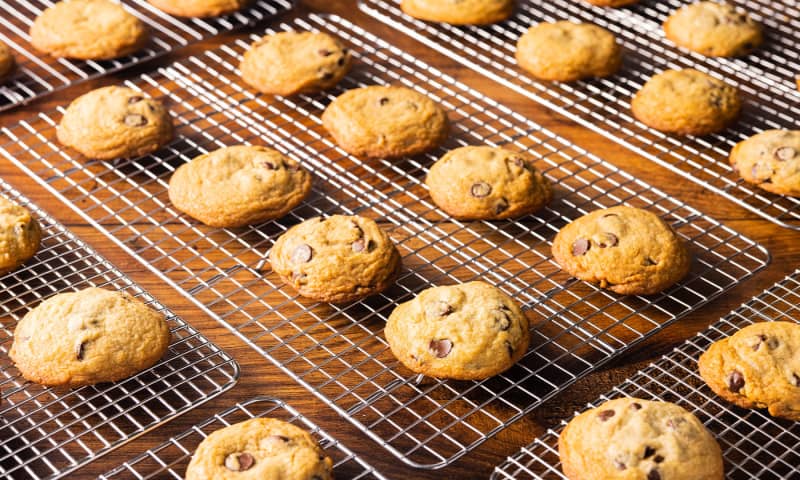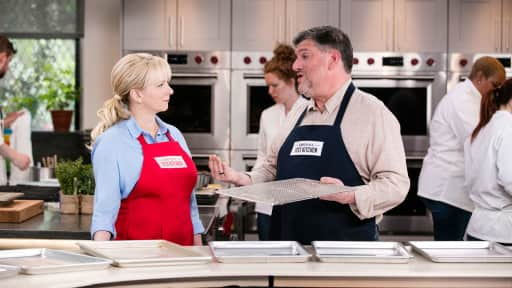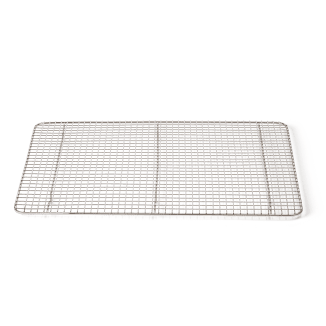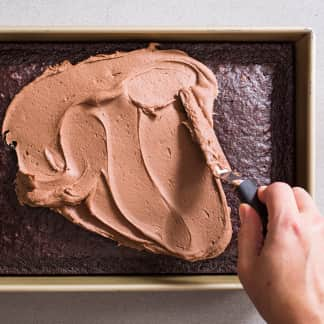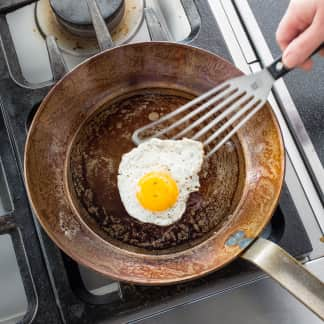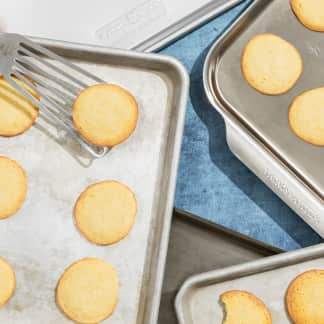Our favorite half sheet–size wire rack is the Checkered Chef Cooling Rack. It’s sturdy and fits nicely inside our favorite baking sheet, making it ideal for cooling baked goods and broiling meats alike. If you’d like a wire rack that fits inside a quarter-sheet pan, we also recommend the smaller version of our favorite, the Checkered Chef Quarter Sheet Cooling/Baking Rack.
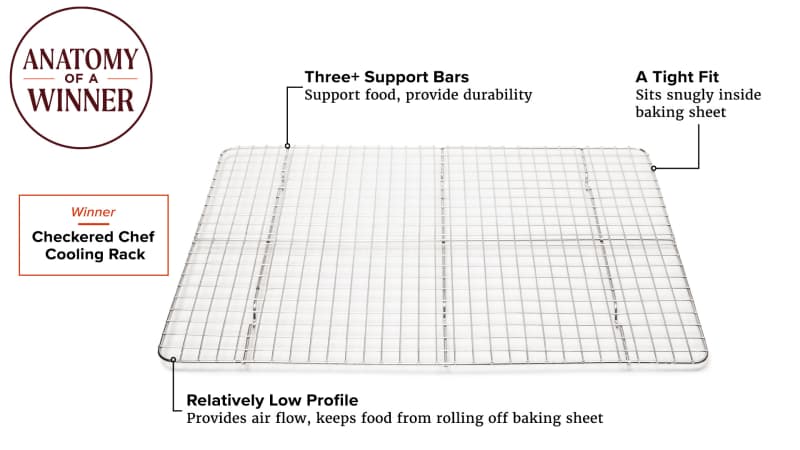
A good wire rack, also known as a cooling rack, is a kitchen essential. We use wire racks to cool cakes, cookies, and other baked goods. We also use them inside rimmed baking sheets when roasting or broiling meats. In both cases, the rack elevates food so that air can circulate above and below for even cooling and cooking.
Over the years, we’ve tested a range of different wire racks. We’ve focused on models that were made of plain or chrome-coated stainless steel and had support bars underneath with small V-shaped feet to elevate the rack. We didn’t test nonstick-coated racks because they wouldn’t be safe to use under the broiler, as the nonstick coating could produce dangerous fumes at the broiler’s higher heats. And we also nixed racks with parallel bars (instead of small grids) because thin cuts of meat and other small foods can fall through the gaps.
For the most part, we haven’t found significant differences in how well models performed. Minor distinctions in dimensions, durability, and material form the basis for our rankings.
What to Look For
- A Tight Fit: A good wire rack should fit snugly inside your baking sheet. That way, any food that you put on it–cookies, meatballs, a pork tenderloin or even a turkey–won’t shift around as you move the rack (or the baking sheet it sits in). While the dimensions of your ideal wire rack may depend slightly on the precise dimensions of your baking sheet, we chose models that fit best in our winning baking sheets by Nordic Ware.
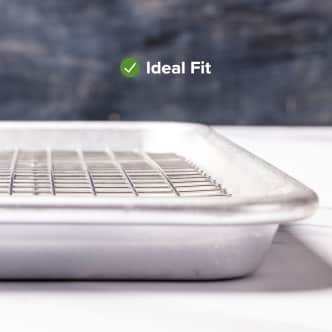
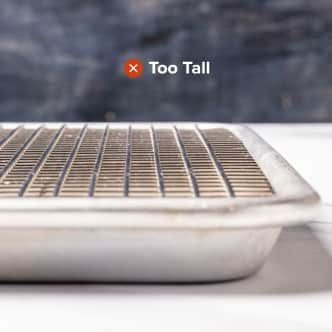
We prefer wire racks that sat relatively low within the baking sheet (left), allowing food to be contained more securely. Wire racks that sat level with the rim of the baking sheet (right) threatened to send meatballs and char siu rolling over the edge.
- A Relatively Low Profile: We preferred racks with a height of about ⅝ inch. These racks allowed for good airflow but sat relatively low within the baking sheet, so food was contained more securely. Taller racks sat level with the rim of the baking sheet, making it feel a bit more likely that meatballs might roll or char siu might slide over the side. And shorter racks sat a little too low, so there wasn’t always as much space underneath for juice or marinade to collect, especially when we’d lined the baking sheet with aluminum foil, as we sometimes do when broiling.
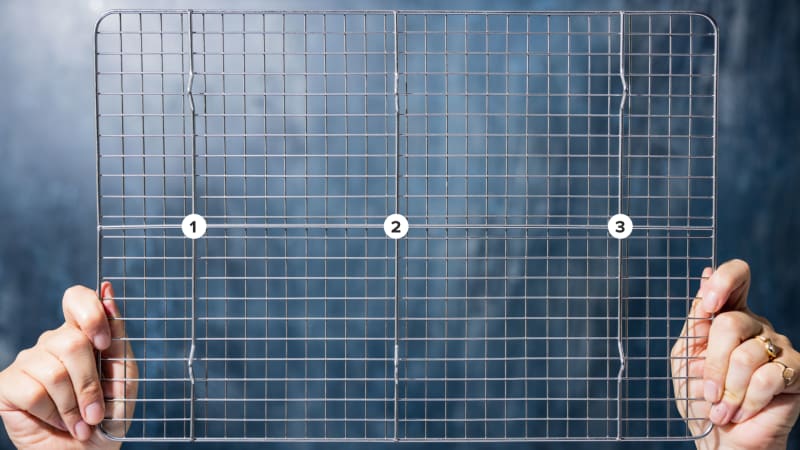
- Three or More Support Bars: Racks with at least three support bars under their grids were less likely to sag or bend when we loaded them with heavy food. While support bars are often the hardest areas of a rack to clean–food tends to get stuck between the bars and the grid–we’re willing to spend a little more time scrubbing those extra bars in exchange for the durability they provide.
- Solid Construction: The best racks arrived straight and level and stayed that way.
What to Avoid
- Nonstick-Coated Racks: If you use your racks only for cooling baked goods, a nonstick-coated rack might be fine. But if you want to make the most of your rack and use it for broiling or roasting foods at high temperatures, avoid nonstick coatings, which can release noxious fumes when heated above 500℉.
- Warped or Bowed Racks: Some racks arrived slightly warped, so their surfaces weren’t quite level. While we didn’t experience any disasters, we worried that food might roll off or broil more unevenly.
